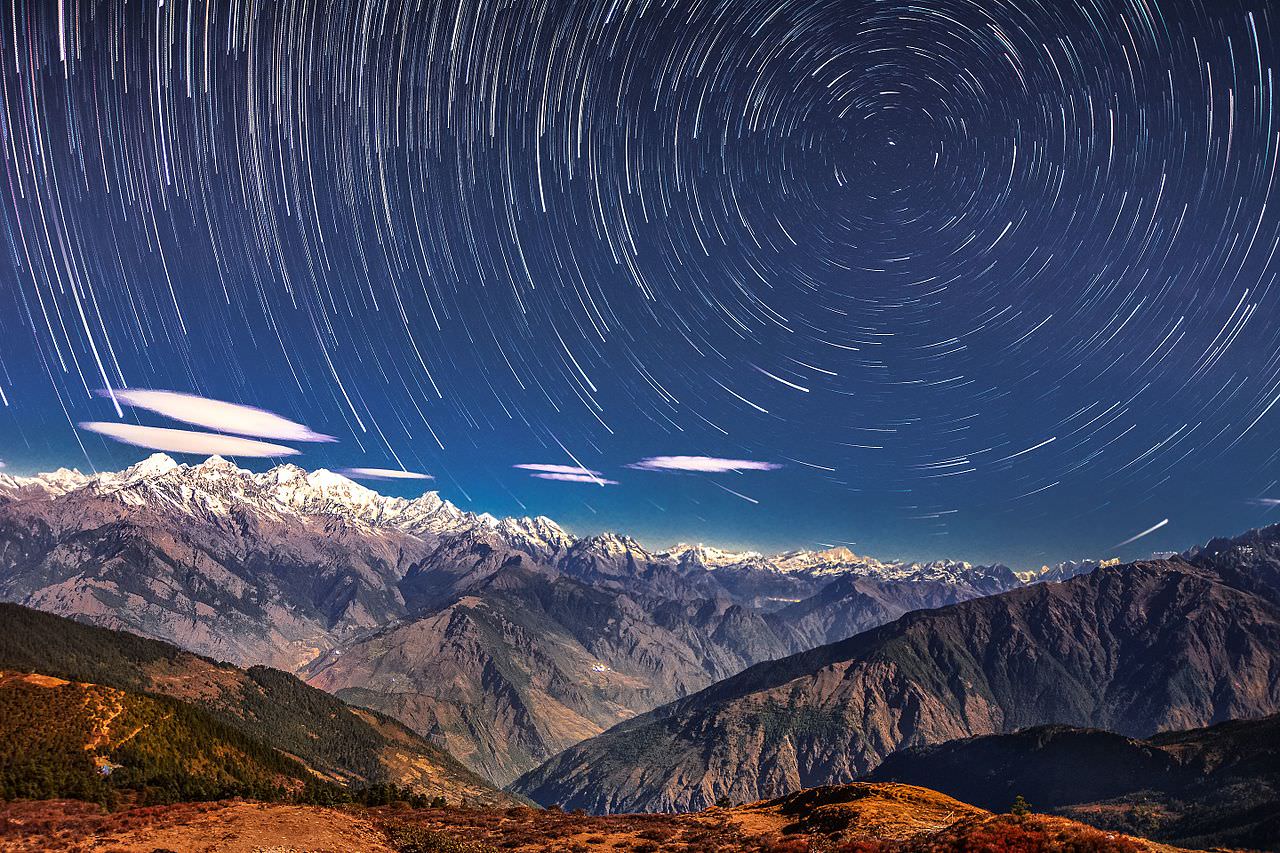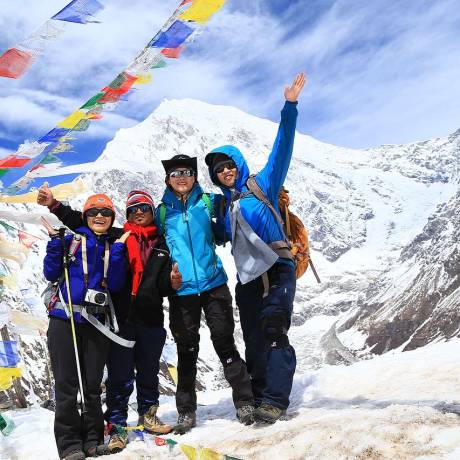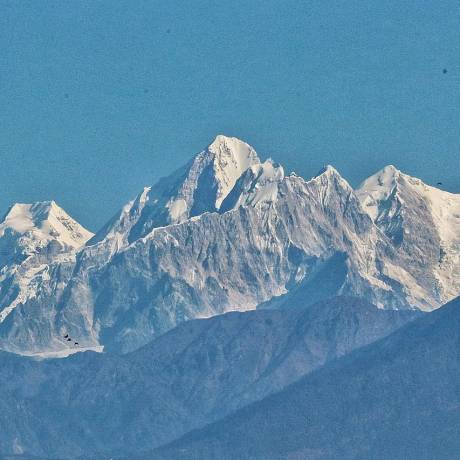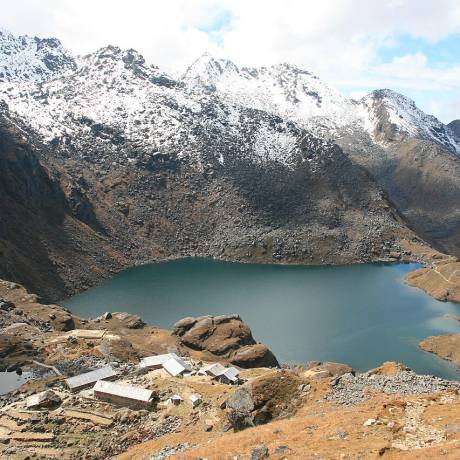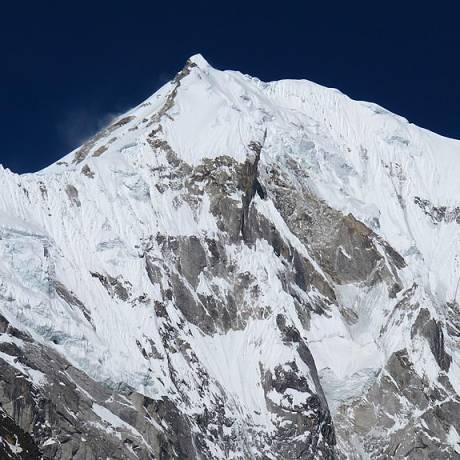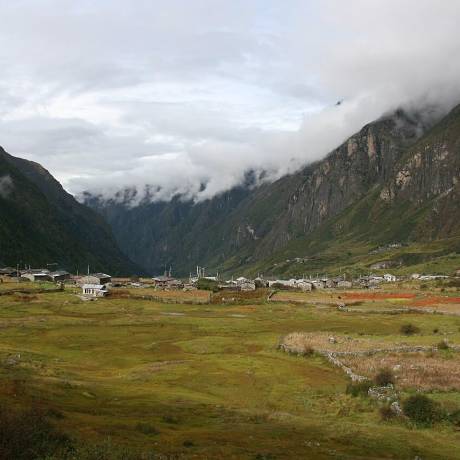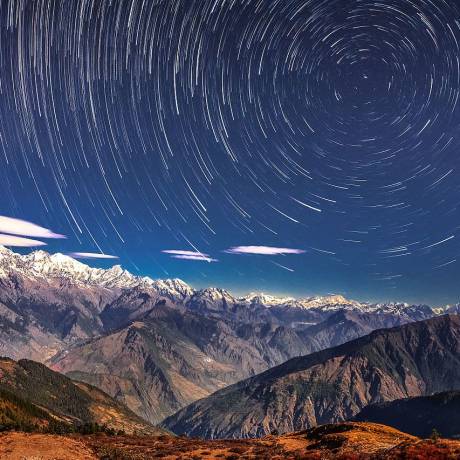Langtang National Park
Langtang National Park is a national protected area in north-central Nepal. It was established in 1976 as Nepal's first Himalayan national park and the country's fourth protected area. It covers an area of 1,710 km2 (660 sq mi) in the Nuwakot, Rasuwa and Sindhulpalchok Districts of the central Himalayan region.
It contains 26 village communities and includes the Langtang valley. In the north and east it is linked with Qomolangma National Nature Preserve in the Tibet Autonomous Region. The eastern and western boundaries follow the Bhote Koshi and the Trishuli river, respectively.
Permits Guide
You first need to purchase your TIMS card for the trek. Go to the Tourism Board's Tourist Service Centre in Kathmandu.
You'll need a Langtang National Park permit to enter the region. The entrance fee to the Langtang National Park is Rs. 3,000 ( in 2021). You can purchase it at the Tourism Board's Tourist Service Centre (ask for the Langtang National Park office) when you get your TIMS card. Another option is to purchase it when the bus stops at the entrance of the park, just outside Dhunche.
Wildlife in Langtang Valley: Animal life includes the Himalayan black bear, Himalayan tahr, Assam macaque, snow leopard, yak, red panda and more than 250 species of birds.
Getting There: The nearest motorable roadhead for the Langtang Valley is Syaphrubesi, which is also the base for most treks into the Langtang Valley. The distance of Syaphrubesi from Kathmandu is 80 km. But due to bad road conditions, it usually takes 6-8 hours to drive from Kathmandu to Syaphrubesi. There are local buses available.
Staying in Langtang Valley
Accommodations in Langtang vary from basic teahouses in smaller villages to more established lodges in places like Kyanjin Gompa. The facilities may be simpler compared to more popular trekking areas, but they offer a cozy and authentic experience.
History of Langtang Valley
2015 Nepal earthquake
The village of Langtang was almost completely destroyed by a massive avalanche caused by the April 2015 Nepal earthquake. The village suffered an estimated 310 deaths, including 176 Langtang residents, 80 foreigners, and 10 army personnel. Several other villages in upper Langtang valley were also destroyed. The Langtangpas who survived the destruction of the earthquake were evacuated by helicopter to Kathmandu, where a displaced persons camp was temporarily set up at the Yellow Gumba near Swayanmbhu.
Many Langtangpas returned to the valley in the following months, and a significant amount of reconstruction was completed within the first year after the earthquake.[ By early 2018, the centuries-old gompa at Kyanjin Gompa, which had also been destroyed in the earthquake, had been rebuilt.
Trekking in Langtang Valley
Langtang offers several trekking options, including the Langtang Valley Trek, Gosainkunda Trek, Helambu Trek, and Tamang Heritage Trail. These treks cater to various skill levels, from relatively easy to challenging.
The Langtang Valley trek, from Syaphrubesi to Kyanjin Gompa and back, is known to be the third most popular trek in Nepal, after the Annapurna Circuit and Everest Base Camp (EBC) treks. There are several treks that go through the Langtang valley and link it to nearby valleys.
In most of these treks, one can stay at local 'tea-houses', which are run by locals in nearly every village in the valley, and where one gets basic lodging and food.
Mountain Peaks in Langtang Valley
Langtang Himal is a mountain range in the Himalayas which includes the following peaks:
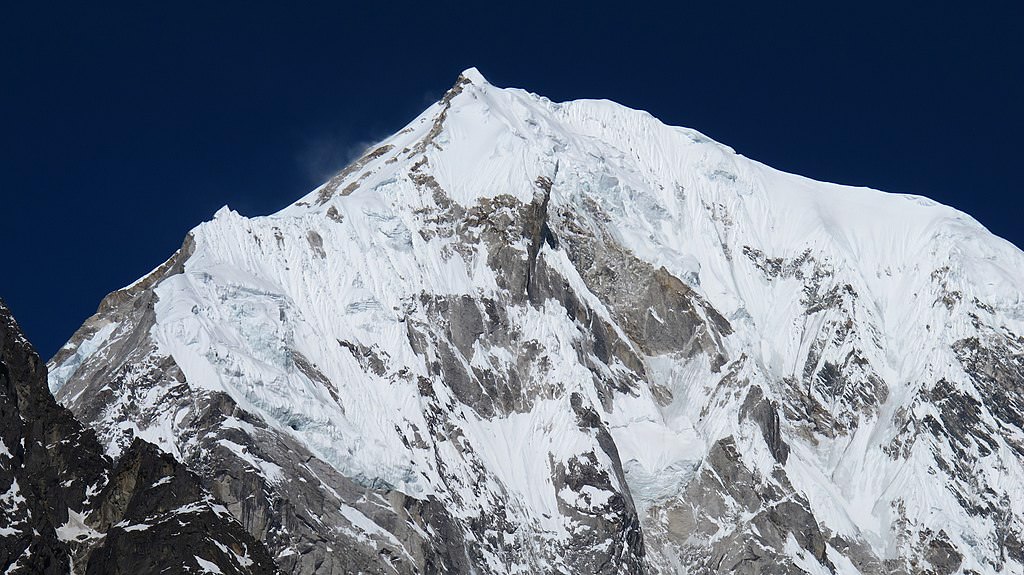
Wikipedia - Stefanos Nikologianis - Langtang Lirung Peak
- Langtang Lirung - 7234 m (23,734 ft) - highest peak in the region
- Langtang Ri - 7205 m (23,638 ft) - 106th highest mountain in the world
- Dorje Lakpa - 6966 m (22,854 ft)
- Loenpo Gang - 6979 m (22,897 ft)
- Changbu - 6781 m (22,247 ft)
- Yansa Tsenji - 6690 m (21,950 ft)
- Kyunga Ri - 6601 m (21,657 ft)
- Dogpache - 6562 m (21,529 ft)
- Langshisha Ri - 6427 m (21,086 ft)
- Gangchenpo - 6387 m (20,955 ft)
- Morimoto - 6150 m (20,180 ft)
- Tsogaka - 5846 m (19,180 ft)
- Yala Peak - 5520 m (18,110 ft)
Langtang Valley Weather
Check out the Langtang Valley weather report for May
Langtang Valley Weather in May
The minimun and maximum temperature in May in Langtang Valley is -1°C and 15°C respectively. The weather is generally chances of snowfall in May and you would feel cold throughout the day. Heavy Woolen clothes are recommended for Langtang Valley in May.
What is Langtang Valley famous for?
Langtang Valley is famous among tourist as Trekking, Valley, Culture, Peaks, National Park, Valley, Wildlife, Cheese.
